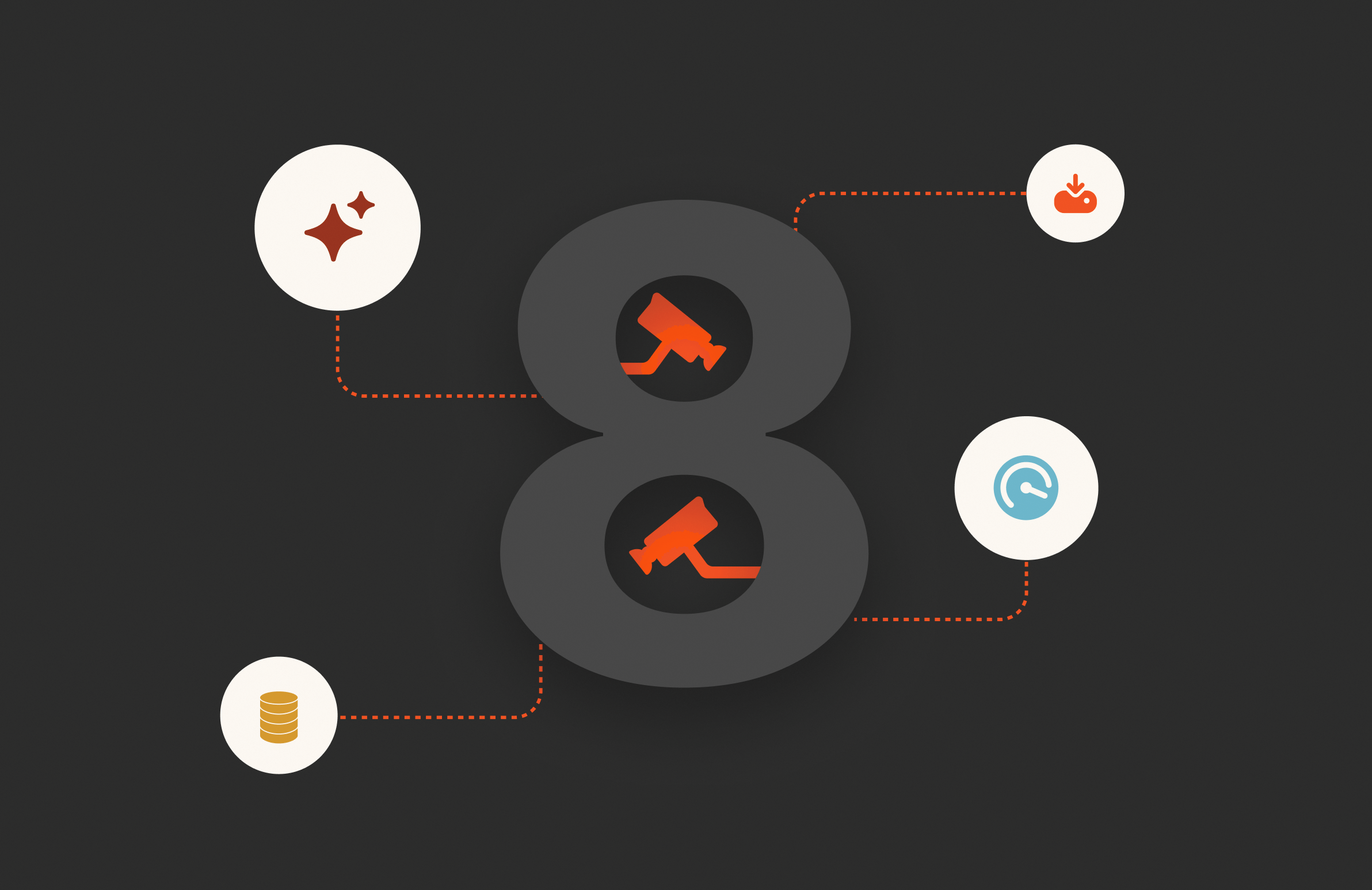Data Analytics
-
How Data Storage Can Empower STEM Leaders to Dream Big
STEM Day is November 8, so this is our shout-out to show our support for the men and women in STEM who have changed the world—and who will do so in the future.
By:
STEM Day is November 8, so this is our shout-out to show our support for the men and women in STEM who have changed the world—and who will do so in the future.
By:


